Robert Sheldon Interview
Insights + Advice From a Human-Centered Design Innovation Firm
5 min read -Article Julian Wise
Product council is a human-centered design innovation firm offering clients a comprehensive product development process. Services include design strategy, user research, UX + UI design, conceptual development, mechanical engineering, brand development, graphics, and packaging design.
Prior to founding Product council, Robert Sheldon and Greg Foster each had strong design backgrounds, working for a number of different design firms where work included medical, consumer electronics, and industrial product designs. In 1994, they came together to carry that background into Product council. Decades of experience have honed their philosophy and strategy for product development. Here’s how Robert describes Product council’s process and accounts for their decades of success:
What drives Product council, and what product designs are you especially proud of?
“We enjoy challenges. We offer clients a high level of experience and expertise with a team comprised of researchers, industrial designers, and mechanical engineers. Ideally, we favor working with forward-thinking companies that are open to innovation, appreciate the design process, and want to push the envelope.
We are located in Chicago, and over the past 27 years have collaborated with hundreds of companies globally. Our projects range from medical, healthcare, consumer electronic, industrial, housewares, and juvenile products.
Some of our clients have included Abbott Laboratories, Activision, Hitachi, Jensen, Johnson & Johnson, JVC, Medline, Leica Microsystems, Motorola, Onkyo, Panasonic, Stryker Medical, and Thermo Fisher Scientific.
It’s difficult to single out one project we are most proud of, however, we partnered with Activision and Tony Hawk to design his skateboard gaming controller that won several international design awards. This seems to be our most recognized product, especially with millennials. We have also collaborated with a number of Iron Chefs developing their professional lines of products.”
“At one point Product council was considered the remote control design gurus, having designed over 25 universal remotes. We were the first company that designed tactical recesses on the bottom cases to help position one’s hand over the major control functions. It proved highly intuitive and ergonomic.
We color-coded the major key clusters to further help identify them. While these sound like simple solutions, at the time, remote controls were a sea of sameness composed of indistinguishable keys and functions that made them a user nightmare.
We are most proud of the LeanRite stand-up desk solution we designed for Ergo Impact. This product offers a 24” seated position, a perch position, and leaning lumbar support, providing users a flexible system to stand longer while alleviating back strain.” We were also awarded three international design awards for this solution.
What’s Product council’s process for product design?
“Our approach to problem-solving is more ascribed to “principals over process,” where each project is considered unique, requiring its own unique set of parameters as opposed to a step-by-step process.
We create frameworks with our clients, addressing the objectives and constraints. It’s a holistic approach that places the user at the center of the design problem. Ultimately we strive to address what is viable for the company, technologically feasible, and desirable for the user.
1. We start with immersive, qualitative research that involves observation and placing ourselves in the user’s point of view. We strive to uncover their latent needs, desires, and behaviors.
2. Next, we review our data and visualize our observations, diagramming, and developing concepts.
3. We continue to iterate through various conceptual steps to help reveal the product’s potential and complexities from a good, better, best, perspective.
4. We continue to question and re-frame our solutions throughout the process continually refining our designs.
5. Iterative prototyping is done to help determine the ergonomics, UX and UI, and aesthetic and size requirements. We continually test and shape our ideas gaining feedback from potential users.”
What areas of your work do customers find particularly helpful?
“Communication is king! We strive to keep lines of communications clear and concise throughout programs with our clients, vendors, and internal staff. All key for a successful managed program.”
Have you designed products with specific requirements or certifications?
“We have designed numerous medical, laboratory, and consumer products that have been governed by regulatory requirements. They range from UL (laboratory), CE (European Economic Area Certification), FCC (Federal Communications Commission), FDA (510(K) Class II Medical Device Pre-market Notification). Many of these products require design verification planning, white and black box testing, design and execution of the system, electrical, and software verifications, and design verification reporting”
Does your process change when designing IoT products?
“Yes, designing IoT products requires a heightened level of design and technology partnership. The main challenge is taking IoT use cases and turning them into a connected system with full integration, the right protocols, security, and all embodied in a user-friendly look and feel. The UI needs to be simple, intuitive, and enjoyable to use.”
What separates Product council from other product design firms?
“We are experts in identifying and creating unique solutions in the white spaces of market segments. With over 27 years of experience, our reputation has been built on our strategic approach to problem-solving which has consistently produced successful products. Our goal is for consumers to love your products and create bottom-line success.
Our team is composed of passionate, top-notch, design thinkers who strive for design excellence in every aspect of the development process. From the onset of each program, we address our client’s goals by aligning the team to achieve them. We work in a systematic, cost-effective manner, mindful of managing our client’s expectations throughout.
“We believe effective problem solving initially involves ‘divergent thinking,’ a process where one explores multiple solutions upfront in a free-flowing manner, then ‘converging’ by identifying and evaluating the ‘best ideas’ that address the objectives and constraints.”

